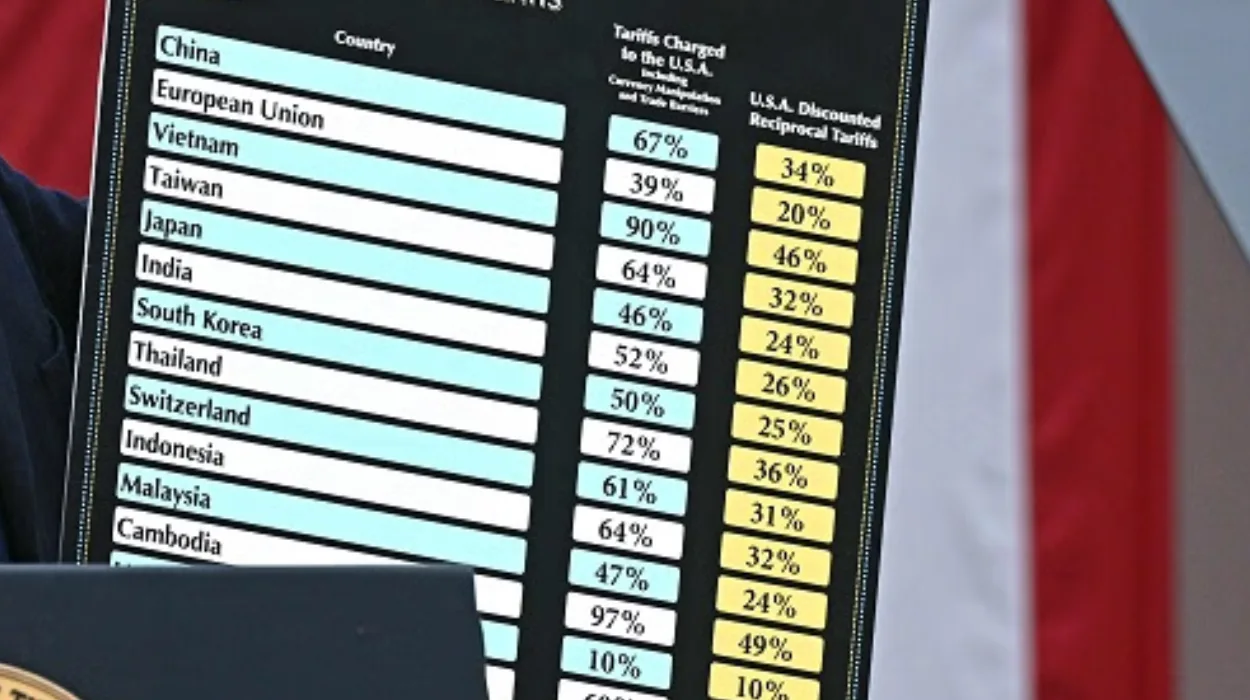Imagine constructing a building without a blueprint or cooking a complex recipe without a list of ingredients. It would be a chaotic and inefficient process, right? The same principle applies to manufacturing and production. That’s where the Bill of Materials (BOM) comes into play.
In this article, we will explore the meaning, purpose, and diverse types of BOMs, illustrating how they serve as the foundation for seamless production processes.
Meaning of Bill of Materials (BOM)
A BOM or Bill of Materials is a comprehensive inventory of components, raw materials assemblies, parts, etc., necessary to plan, manufacture and manage a product. A BOM sometimes includes procurement instructions and is referred to as an assembly component list, product recipe, or product structure.
While this concept originally comes from the manufacturing industry, it applies to numerous other domains. For instance, there’s SBOM (Software Bill of Materials), a list of all the components involved in developing a software solution, such as frameworks, libraries, etc.
Let’s understand BOM with an example.
|
There’s a car manufacturer that wants to build 500 cars. For him, the BOM will include individual parts to make the cars. In this case, a typical BOM would consist of a chassis, frame, body panels, engine components, braking, fuel and exhaust system, etc. In addition, there’ll be the quantity and pricing of these materials. |
But what purpose does it serve? Let’s find out.
Purpose of a Bill of Materials (BOM)
A Bill of Materials serves numerous purposes, such as helping the organization identify the components, estimate the budget, plan the production, manage inventory, and more. Let’s learn more about them below:
 Component Identification and Organization
Component Identification and Organization
A BOM helps a company identify & organize the components required to build a product. It gives a hierarchal view of the finished product along with the components used, enabling businesses to log and organize the components logically.
 Cost Estimation and Budgeting
Cost Estimation and Budgeting
The Bill of Materials also includes the cost of each component used in the product. Businesses can refer to the prices, estimate the overall production cost, and do the budgeting. This further helps companies to set prices for their finished products while ensuring profits.
 Product Planning and Scheduling
Product Planning and Scheduling
With a detailed list of components at hand, businesses can accurately estimate the type and quantity of materials for production, making supply chain management more cost-effective. This information further helps companies to consider factors such as production capacity, delivery deadlines, and component availability and create effective production schedules.
 Inventory Management
Inventory Management
Inventory management becomes easy with a detailed BOM. Businesses can check the component information to ensure there’s ample quantity available in the inventory. This is a reliable way of managing inventory and ensuring no production delay because of stock shortages.
 Quality Control and Compliance
Quality Control and Compliance
Quality control and compliance can be complex, with thousands of components involved in manufacturing a finished product. However, with detailed component information, a BOM allows businesses to ensure they’re using products that are high quality and comply with regulations.
 Documentation and Communication
Documentation and Communication
BOM is a single source of truth or information for everyone involved in the production process, be it stakeholders or employees. Having a BOM allows everyone to communicate clearly and stay on the same page, minimizing the chances of any misunderstandings or communication gaps.
Common Types of Bills of Materials (BOM)
Here are some common types of bills of materials:
- Software Bill of Materials (SBOM): A SBOM is a comprehensive list of all the software components used in the development of a software solution. It includes third party and open-source libraries, frameworks, and dependencies. SBOM has become crucial to software security and supply chain risk management.
- Software As a Service Bill of Materials (SaaS BOM): A SaaSBOM offers you a list of endpoints, data flows, classifications, and services involved in cloud-native applications.
- Hardware Bill Of Materials (HBOM): An HBOM, as the name says, includes all the physical components used to manufacture or build a product. It helps manufacturers identify any security risks of a product or technology and make informed decisions.
- Machine-Learning Bill of Materials (ML-BOM): ML-BOM contains the documentation of an algorithm’s dataset and model. This information helps the creator deliver the contributors a sense of privacy and security and a safe consumer experience.
- Manufacturing Bill of Materials (MBOM): A Manufacturing Bill of Materials (MBOM) contains the labels, parts, assemblies, packaging, and everything required to build and deliver finished products to the customers.
- Operations Bill of Materials (OBOM): An Operations Bill of Materials is a complete inventory of runtime environment (hardware, containers, firmware, operating system, and more), configurations, along with additional dependencies.
Bonus Info – BOM Relevance in Mobile App Security LandscapeWhen a cyber attack happens, it becomes difficult to track the source of the problem. And by the time the security team figures it out, the damage is far too long done. But what if we tell you that there is something that keeps a record of all these components and pinpoints the exact source of vulnerability? Software Bill of Material (SBOM) is that tool! Software Bill of Materials (SBOM) is an inventory of every constituent that makes up software. It records modules, software libraries, dependencies, and every other asset used to build the software. SBOM also contains versions of each component, their vendors, licensing and copyright details, and known vulnerabilities connected with these components. So, by providing comprehensive details about the software’s composition, it helps organizations develop and deliver secure and reliable software. Additionally, if something in the software needs to be replaced or needs an update, SBOM serves as the roadmap for deciding the course of action. Due to this, SBOMs have attained a vital space in domains like software composition analysis (SCA) and compliance and security analysis. SBOM is Relevant to the Mobile App Security Landscape to aid with following: 1. Supply Chain Security 2. Security Incident Response 3. Risk Assessment 4. Vulnerability Management 5. Compliance and Regulatory Requirements 6. Trust and Transparency |
Takeaway
The Bill of Materials (BOM) is a crucial document in various industries that serves as a foundation for product development, production planning, and inventory management. It provides a detailed list of components, materials, and assemblies required to build a product or carry out a project.
Considering its benefits, organizations that develop physical or software products must create a BOM, regardless of their domain.
If you wish to create a BOM for your software application, you can rely on Appknox’s SBOM solution. Get a free consultation now to discover how it works.
Frequently Asked Questions (FAQs)
1. What Does a Bill of Materials (BOM) Mean?
A BOM or Bill of Materials is a list of raw materials, sub-assemblies, sub-components, parts, and their quantities required to build an end product. While this concept comes from the manufacturing world, several other domains have their own variants of BOM, such as Software Bill of Materials (SBOM), in the software industry.
2. What Are the Types of BOM?
While there are numerous types of BOMs, the most common ones include:
- Software Bill of Materials (SBOM)
- Software As a Service Bill of Materials (SaaS BOM)
- Hardware Bill Of Materials (HBOM)
- Machine-Learning Bill of Materials (ML-BOM)
- Manufacturing Bill of Materials (MBOM)
- Operations Bill of Materials (OBOM)
3. What Is the Purpose of BOM?
A BOM offers a business detailed insights into the components or parts involved in building a product. With all the part/component information, businesses can organize the components, estimate the costs better, manage inventory, plan and schedule more efficiently, maintain documentation, and ensure quality and compliance.
4. How To Make a Bill of Materials?
To create a bill of materials, you can either manually create a list of all the components and the required details or rely on a BOM solution. However, in both cases, you’ll need the below information:
- BOM level
- Part Number
- Part Name
- Description
- Phase
- Procurement Type
- Quantity
- Unit of Measure
- BOM Notes
The above pointers may vary based on the BOM type you’re creating.
5. Who Prepares the Bill of Materials?
The engineering or manufacturing department of the organization manufacturing or building the product is responsible for creating the bill of materials or (BOM). The majority of organizations use software solutions for creating BOMs considering how extensive they can get.










%20Meaning,%20Purpose,%20and%20Types-1.png#keepProtocol)









Discussion about this post